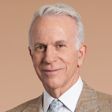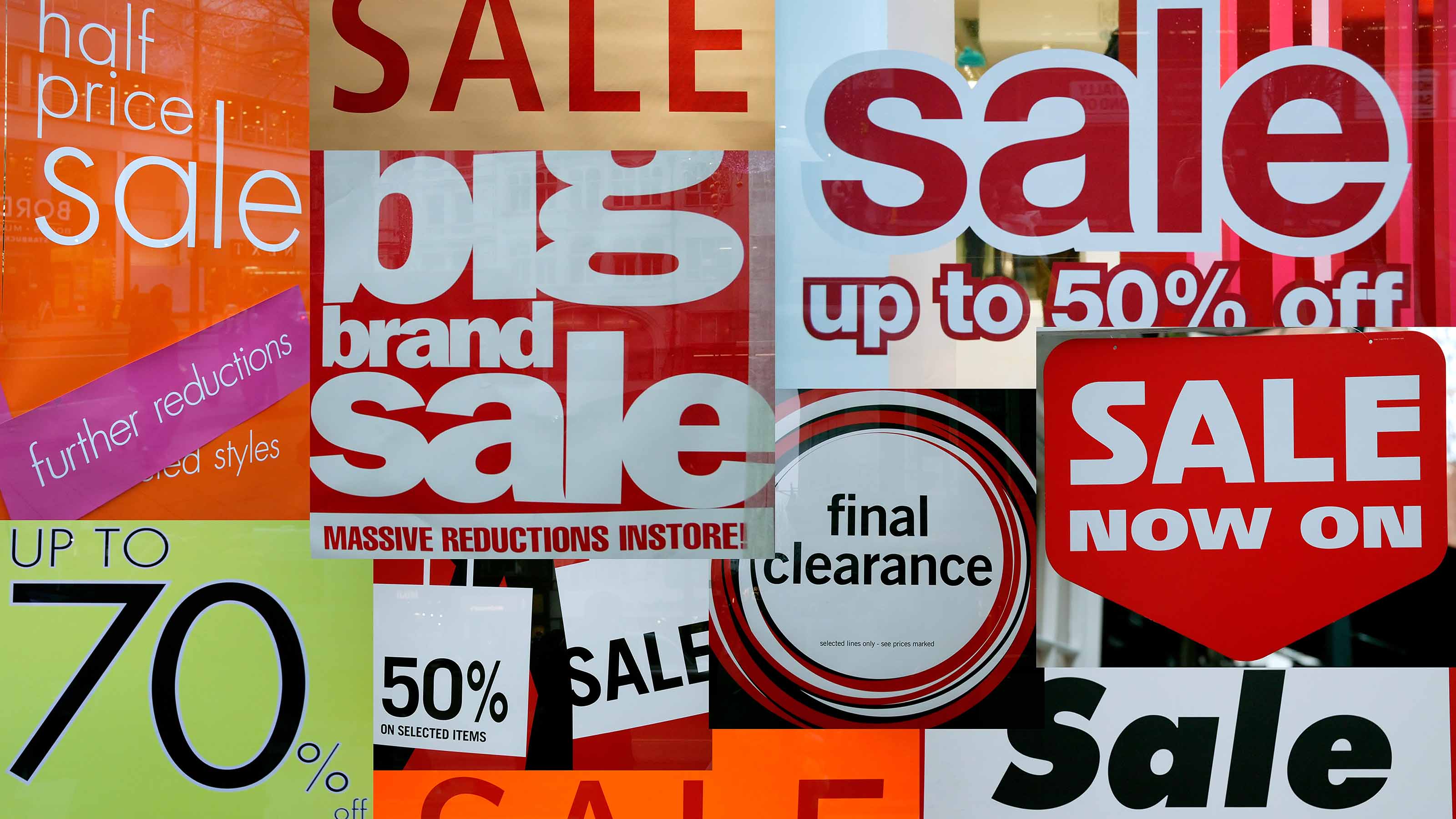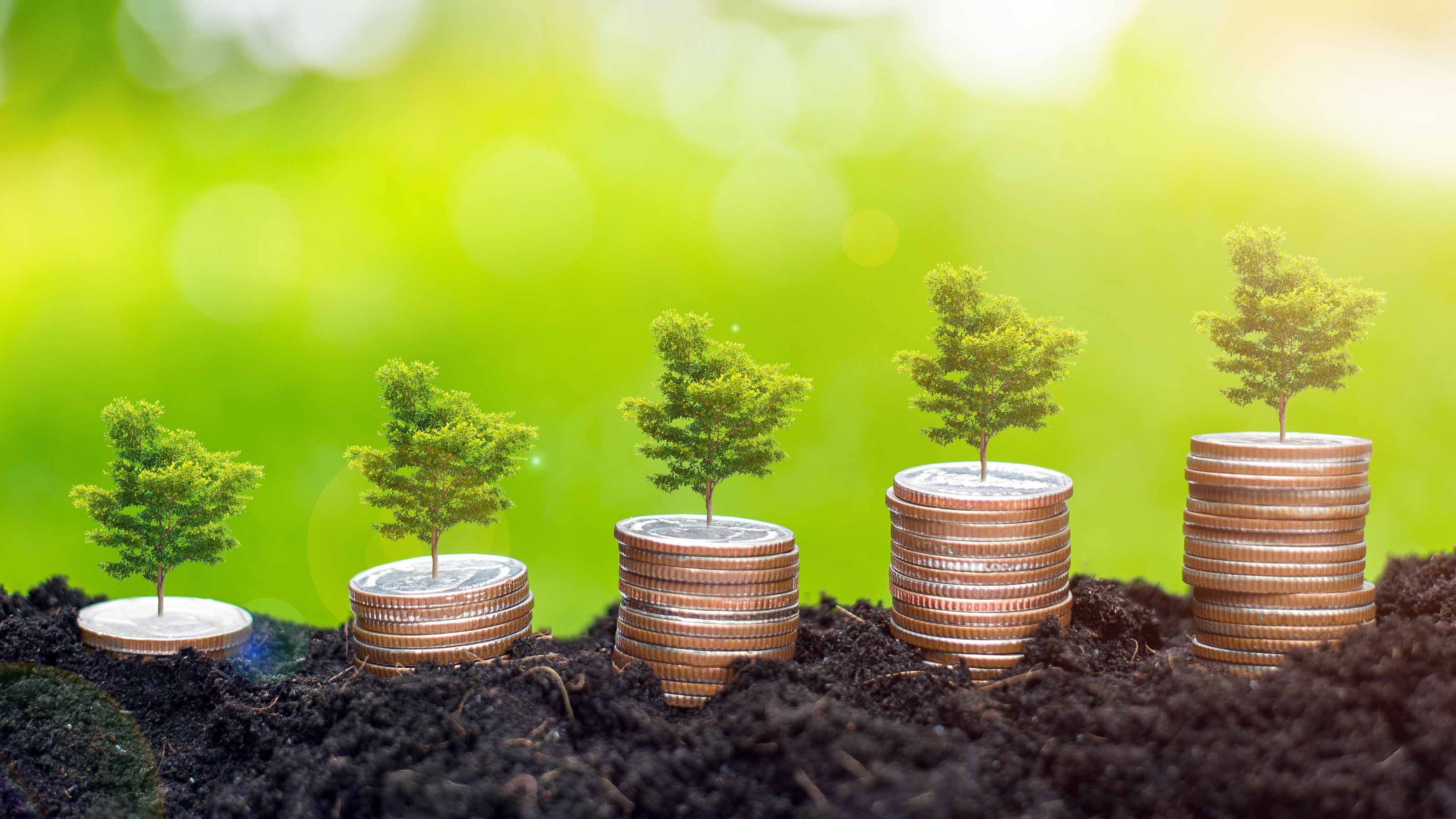5 Mutual Funds for Socially Responsible Investors
You don't have to give up performance to invest with your conscience.

In the world of investing, conscience, it seems, costs nothing. You can have your do-gooder cake and eat it, too. Consider iShares MSCI USA ESG Select Index (symbol KLD), an exchange-traded fund that tracks an index of companies that it says follow high “environmental, social and governance” standards. Over the past five years, the fund returned an annualized 2.3%, compared with 1.7% for Standard & Poor’s 500-stock index. Calvert Equity Fund (CSIEX), one of the largest and oldest funds in the sphere of socially responsible investing, or SRI, gained 6.9% annualized over the past 15 years, compared with 5.5% for the S&P. Not all SRI funds beat the index, but it is remarkable how closely most of them track the market as a whole (returns are through March 9; funds in boldface are ones I recommend).
Socially responsible investing has come a long way since I started writing about it nearly 20 years ago. In 1995, there were only 55 mutual funds that engaged in SRI, with $12 billion in assets. Now there are 493, with assets of $569 billion. Socially responsible investors include “corporate responsibility and societal concerns” as “valid parts of investment decisions,” according to the Forum for Sustainable and Responsible Investment, a trade group.
Tricky Choices
While I like the idea of putting my money where it will do good and do well at the same time, I worry about letting a fund company exercise my conscience for me. Isn’t SRI the most personal of investing decisions?
From just $107.88 $24.99 for Kiplinger Personal Finance
Become a smarter, better informed investor. Subscribe from just $107.88 $24.99, plus get up to 4 Special Issues

Sign up for Kiplinger’s Free Newsletters
Profit and prosper with the best of expert advice on investing, taxes, retirement, personal finance and more - straight to your e-mail.
Profit and prosper with the best of expert advice - straight to your e-mail.
For example, most SRI funds exclude firms that profit from legalized gambling, an endeavor that doesn’t bother me in the least. Others eliminate defense firms or utilities that use nuclear power to generate electricity—most of which, as far as I’m concerned, contribute to social welfare rather than detract from it.
Lately, some of the largest SRI funds have been straying from their dogma and injecting more subjective judgment into their decision-making. Or maybe they’re just hedging their bets. For instance, the Web site of Domini Social Equity (DSEFX), founded in 1991, contains this disclaimer: “Domini may determine that a security is eligible for investment even if a corporation’s profile reflects a mixture of positive and negative social and environmental characteristics.” It may be no coincidence that Domini’s top holding, at 5.5% of assets, is Apple.
Apple presents a dilemma for SRI funds. Working conditions at foreign factories that make Apple products have come under criticism, notably in an ABC Nightline broadcast and a New York Times article headlined, “In China, Human Costs Are Built Into an iPad.”
As a result, funds are split on whether Apple qualifies for SRI status. Apple is pointedly excluded from the list of 880 stocks held by TIAA-CREF Social Choice Equity Fund (TICRX), even though it is the second-largest holding, at 5.4% of assets, of TIAA-CREF Large-Cap Growth (TIRTX), a fine fund that does not practice SRI. Apple, of course, has been a dazzling performer, advancing 55% over the past year, and it is now the world’s largest company by market value. If the stock accounted for 5% of your portfolio a year ago, it would have added 2.5 percentage points to your performance (more on Apple).
At Calvert Investments, the largest SRI-focused firm, the person charged with wrestling with the Apple question is Bennett Freeman, a former State Department official and General Electric executive. At last report, Apple was the number-two holding, at 4.6% of assets, of the firm’s largest stock fund, Calvert Equity, and the biggest holding, at more than 5% of assets, of both Calvert Enhanced Equity (CMIFX) and Calvert Social Index (CSXAX). All told, Calvert, based in Bethesda, Md., has $12.5 billion in assets.
Freeman insists that the decision about whether to drop Apple will be made on grounds of social responsibility alone. “We have a strict separation,” he says, between deciding whether to keep Apple on Calvert’s list of acceptable stocks (670 of them out of a universe of 1,000 U.S. companies) and deciding whether Apple is a good financial investment.
He tells me that Calvert will make a judgment this spring about whether Apple’s labor problems are “episodic or systemic.” Calvert will judge, in part, by having discussions with Apple’s management and by watching what Apple does to fix its factories.
The fact that this criterion is not utterly objective tells you a lot about how SRI has changed over the years. Originally, most funds had simple screens for disqualifying firms. Sell liquor and you’re out. Tobacco? Forget it. Now, Freeman heads a team of 18 analysts who talk to company executives, pore over documents and consult organizations that monitor business behavior.
Decisions today are more nuanced. In 2007, for instance, Calvert reviewed its policy of excluding any company “significantly involved” in making weapons. Now, says Freeman, Calvert does not object to weapons per se but does object to weapons that are mainly offensive and weapons, such as cluster bombs, that violate international law. Calvert is not, he says, “overtly or implicitly pacifist.”
Nor does Calvert automatically ban utilities that rely on nuclear power. It will invest in power companies if they meet high safety standards and make substantial investments in renewable fuel sources.
I think Calvert is doing an exemplary job of sorting out the good citizens from the not-so-good, but the ultimate decisions are being made by Freeman and his crew—and not by you. Investors are leasing a conscience when they buy Calvert funds, and it is hard to believe that, in all respects, Calvert’s view of what makes a socially responsible firm is the same as yours.
The way I address this conundrum is to think about stocks and funds differently. I apply my own social screens when I buy individual stocks, but when investing in funds, I am willing to run the risk that a fund manager may own a stock such as Fannie Mae—a company that, in my view, has long suffered from corporate governance problems.
Still, you can invest profitably in SRI funds even if you don’t care about socially responsible investing. What really impresses me about the world of SRI is the quality of the offerings. For example, I am a big fan of Jerome Dodson, who has been running the Parnassus Fund (PARNX) since 1984. His long-term record is superb, and over the past five years the fund returned an annualized 5.5%. Dodson’s tight portfolio of 31 stocks is headed by Finisar, which makes sophisticated telecom gear, Cisco Systems and Intel. Like many SRI funds, Parnassus is technology-heavy, with 47% of its assets in the sector, compared with 18% for the S&P as a whole.
SRI funds have a tendency to charge high fees—Calvert Equity’s annual expense ratio is 1.20%, on top of a 4.75% upfront sales charge. But Parnassus is no-load, and its expense ratio is a decent 0.94%. I also like TIAA-CREF Social Choice Equity, which charges a mere 0.41% and beat the S&P by an average of 0.3 percentage point a year over the past five years.
Walden Equity (WSEFX) illustrates the variety among SRI funds. Its holdings include McDonald’s, energy giant ConocoPhillips and Nike, which has had its own labor problems. Walden bars weapons, nuclear power, alcohol and tobacco, and otherwise seeks companies with a positive record for social responsibility. Walden, which charges 1.0% per year, has beaten the S&P 500 by 2.8 points a year over the past five years.
And then there’s the fund that proves you don’t have to sacrifice profits at the altar of morality: Domini Social Equity. Its annual fee of 1.23% keeps it off my recommended list, but you can’t help liking the fund, which was founded by Amy Domini. As a stockbroker in 1980, Domini recognized that her clients wanted to put their money into responsible companies and to avoid bad actors. With Peter Kinder and Steve Lydenberg, she devised an SRI index of 400 stocks and launched a fund to follow it. Over the past 15 years, the fund gained an annualized 5.1%, trailing the S&P by less than half a point per year.
Since 2006, Domini has been actively managed, but you can still buy the index that Amy Domini helped develop through an ETF with yearly expenses of just 0.50%. The five-year return of iShares KLD 400 Social Index (DSI) has lagged the S&P by just 0.2 point per year. So, giving up practically nothing, you can get a warm feeling that your money is serving a useful purpose—even if the fund manager or index composer is deciding what that purpose should be. Not a bad deal.
James K. Glassman, author of Safety Net: The Strategy for De-Risking Your Investments in a Time of Turbulence (Crown Business), is executive director of the George W. Bush Institute in Dallas.
ORDER NOW: Buy Kiplinger’s Mutual Funds 2012 special issue for in-depth guidance on the only investments you need.
Profit and prosper with the best of Kiplinger's advice on investing, taxes, retirement, personal finance and much more. Delivered daily. Enter your email in the box and click Sign Me Up.

-
 Holiday Tax Scams: 'Tis the Season to be Wary
Holiday Tax Scams: 'Tis the Season to be WaryTax Scams Navigating tax tricks of the holiday season may be daunting, but don't let that destroy your festive spirit
-
 Metro by T-Mobile Is Giving Away This Samsung Galaxy A16: Which Plans Are Eligible?
Metro by T-Mobile Is Giving Away This Samsung Galaxy A16: Which Plans Are Eligible?Metro by T-Mobile is offering free Samsung Galaxy A16 phones on eligible plans right now. Here’s how the deal works.
-
 I Drive and Collect Classic Cars: Here’s How I Got Started
I Drive and Collect Classic Cars: Here’s How I Got StartedAre classic cars a hobby or an investment strategy — or both? Either way, the vintage car scene is much cooler and more affordable than you think.
-
 5 Big Tech Stocks That Are Bargains Now
5 Big Tech Stocks That Are Bargains Nowtech stocks Few corners of Wall Street have been spared from this year's selloff, creating a buying opportunity in some of the most sought-after tech stocks.
-
 How to Invest for a Recession
How to Invest for a Recessioninvesting During a recession, dividends are especially important because they give you a cushion even if the stock price falls.
-
 10 Stocks to Buy When They're Down
10 Stocks to Buy When They're Downstocks When the market drops sharply, it creates an opportunity to buy quality stocks at a bargain.
-
 How Many Stocks Should You Have in Your Portfolio?
How Many Stocks Should You Have in Your Portfolio?stocks It’s been a volatile year for equities. One of the best ways for investors to smooth the ride is with a diverse selection of stocks and stock funds. But diversification can have its own perils.
-
 An Urgent Need for Cybersecurity Stocks
An Urgent Need for Cybersecurity Stocksstocks Many cybersecurity stocks are still unprofitable, but what they're selling is an absolute necessity going forward.
-
 Why Bonds Belong in Your Portfolio
Why Bonds Belong in Your Portfoliobonds Intermediate rates will probably rise another two or three points in the next few years, making bond yields more attractive.
-
 140 Companies That Have Pulled Out of Russia
140 Companies That Have Pulled Out of Russiastocks The list of private businesses announcing partial or full halts to operations in Russia is ballooning, increasing economic pressure on the country.
-
 How to Win With Game Stocks
How to Win With Game Stocksstocks Game stocks are the backbone of the metaverse, the "next big thing" in consumer technology.